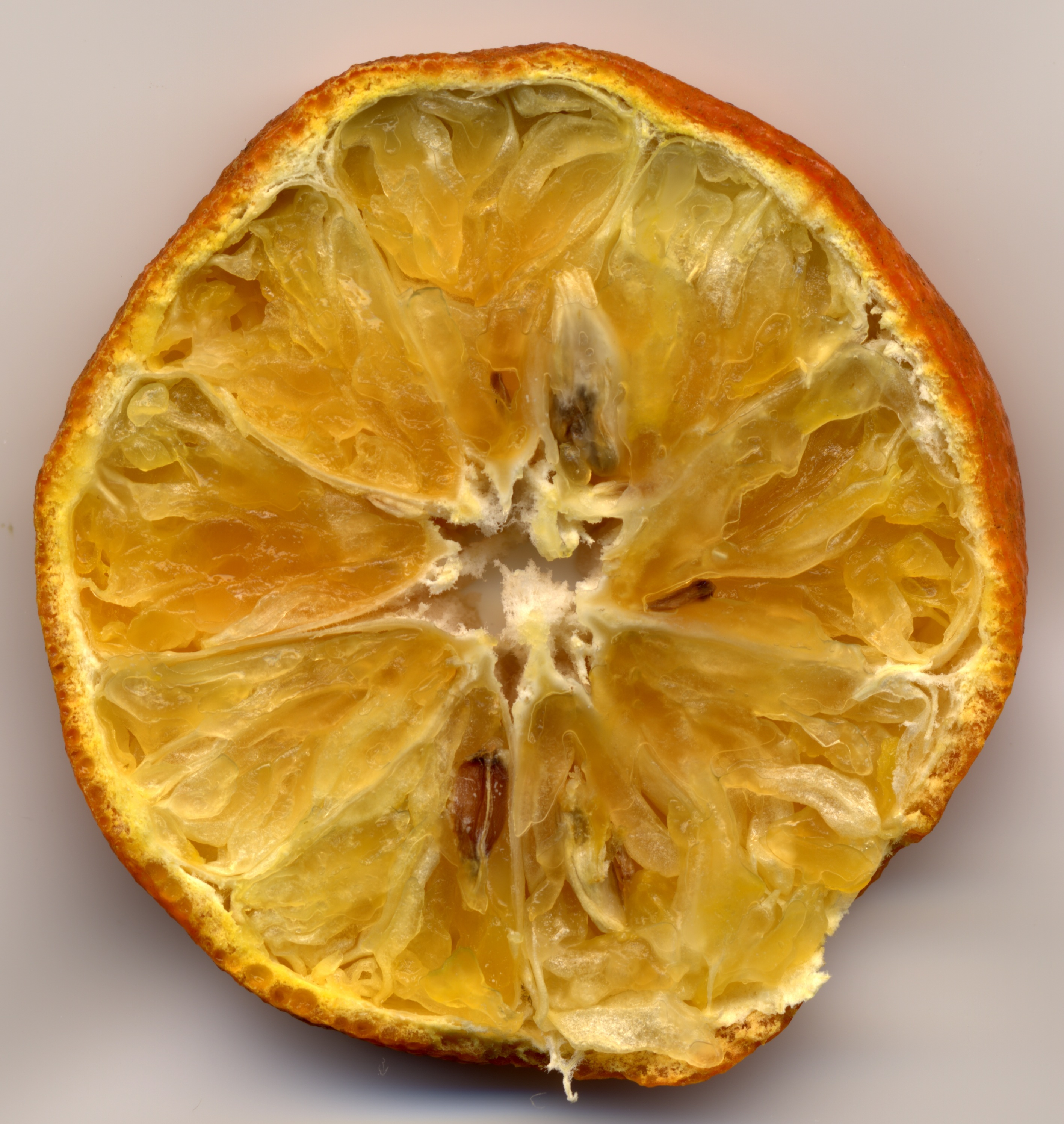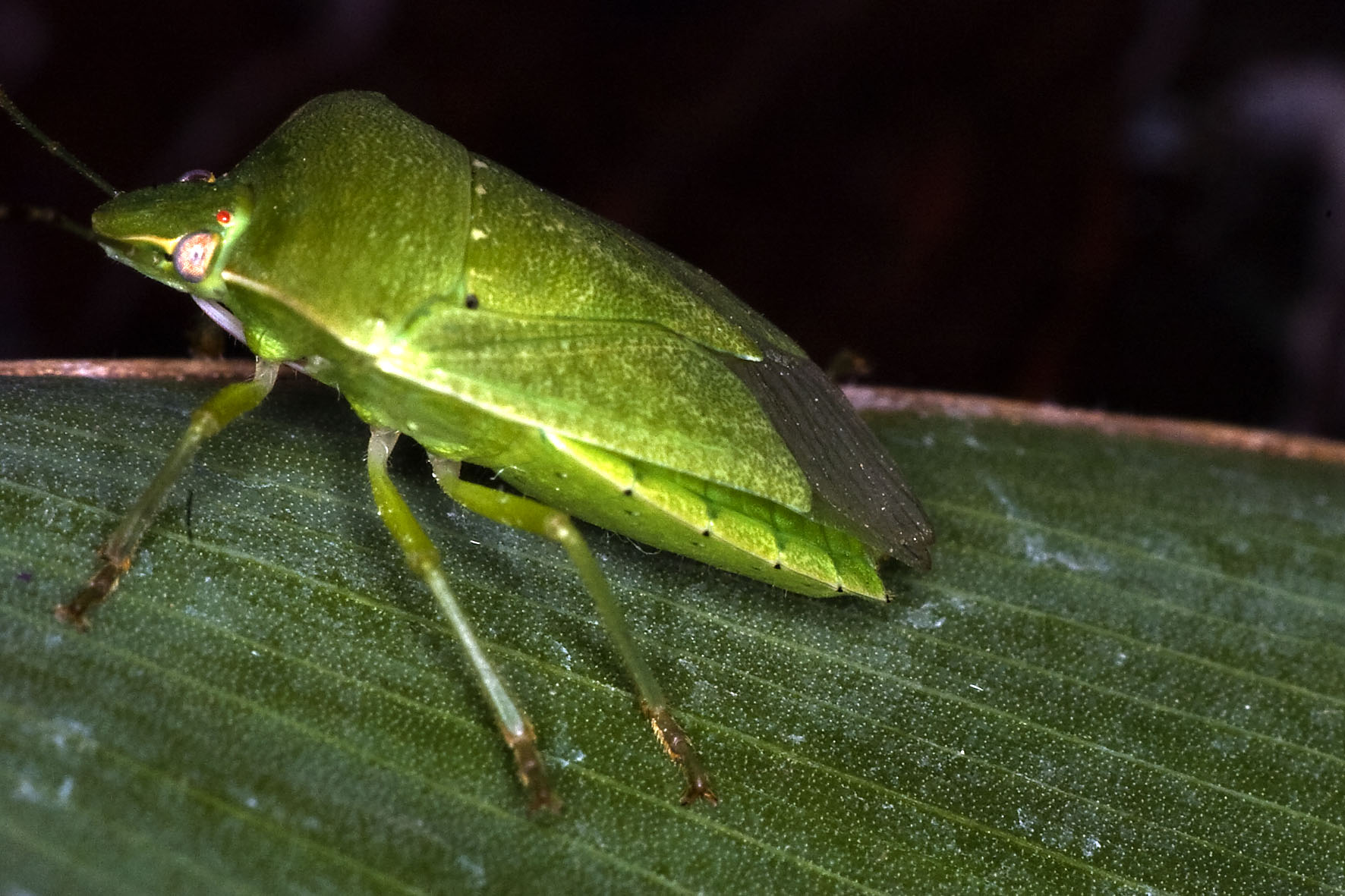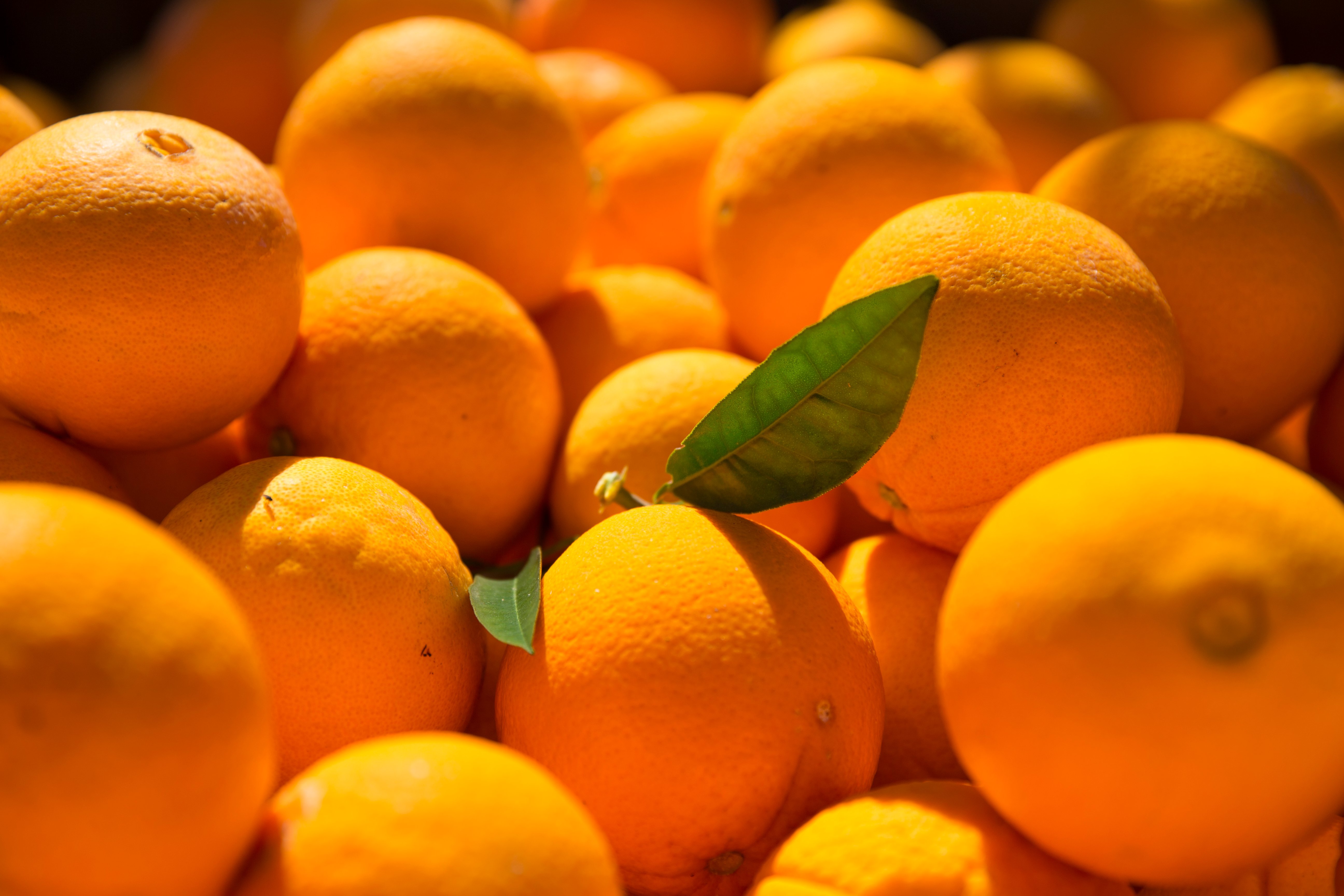
Dry rot of citrus is a declared pest in WA
Dry rot of citrus is not known to occur in WA and must be reported to the department if found or suspected to be present in WA.
About dry rot of citrus
Dry rot (Eremothecium coryli) is a serious pest of citrus that can affect fruit palatability and citrus rootstock seed production. This pest has been detected in NSW and Queensland, but is not known to occur in WA.
Eremotheium coryli can infect many cultivated citrus species and also numerous other non-citrus crops such as some beans and some nut trees. These hosts are grown commercially and in home gardens.
In eastern Australia dry rot has been reported on Australian lime (Citrus australis), lemon (C. limon), mandarin (C. reticulata) and orange (C. sinensis).
- Dry rot primarily affects the palatability of citrus fruits. The disease is not evident during harvest as there are no external fruit symptoms.
- Internally, the main symptom is dry and brittle flesh. Sometimes this dryness is restricted to some segments of an infected fruit.
- The inner fruit rind may also develop a brown, gummy discolouration.
- Seeds are often aborted and appear shrivelled and brownish in colour.
- Fruit symptoms can vary between varieties. For example, lemons often display severe inner rind browning and seed abortion, however red-fleshed grapefruit may not develop any symptoms.
- Mandarins and lemons in Australia are often associated with dry flesh symptoms that may be due to other causes.
The green vegetable bug (Nezara viridula), which occurs in WA, is one of two reported vectors of E. coryli in the eastern states.

- When vectors of dry rot of citrus are not managed effectively, entire crops of lemons, mandarins and citrus rootstock seed can be affected by the disease.
- The fruit including seed and pulp is affected.
- Asymptomatic or undetected crop infections may lead to the sale of unpalatable fruit which may lead to poor consumer confidence.
- Dry rot of citrus is mainly spread by pentatomid.
- In Australia there are 2 known vectors of dry rot of citrus: spined citrus bug (Biprorulus bibax) and green vegetable bug (Nezara viridula). While the spined citrus bug is exotic to WA, the green vegetable bug is already established.
- Even low numbers of vectors could result in significant levels of fruit damage.
- Spread of dry rot of citrus by seeds has not been reported.

Green vegetable bug, Nezura viridula, is a vector of Eremothecium coryli. Photo –© 2024 NAQS
Legal duty to report
Dry rot of citrus is not known to occur in WA.
Eremothecium coryli (Peglion) Kurtzman 1995 is a delcared pest under section 12 of the Biosecurity and Agriculture Management Act 2007.
This means that any person who finds or suspects the presence of dry rot of citrus must report it to DPIRD.
WA's freedom from dry rot of citrus is supported by general and specific surveillance and specific import requirements to prevent its entry.
References
Burgess L, Dueck J, McKenzie DL 1983, 'Insect vectors of the yeast Nematospora coryli in mustard, Brassica juncea, crops in southern Saskatchewan', Canadian Entomologist, vol. 115, no. 1, pp. 25-30.
Cooke T, Persley D, House S 2009, Diseases of Fruit Crops in Australia, CSIRO Publishing, Collingwood.
Farr DF, Rossman AY 2014, Fungal Databases, Systematic Mycology and Microbiology Laboratory, ARS, USDA, retrieved 11 June 2014, from http://nt.ars-grin.gov/fungaldatabases/.
HerbIMI 2014, 'Herb. IMI records for fungus Eremothecium coryli', accessed 11 June 2014, www.herbimi.info/herbimi/home.htm.
Index Fungorum Partnership 2014, Index Fungorum, accessed 24 June 2014, www.indexfungorum.org.
Kulik MM, Sinclair JB 1993, 'Yeast spot (Nematospora spot)', in JB Sinclair, PA Backman (eds), Compendium of soybean diseases, 3rd edn, The American Phytopathological Society, Minnesota.
Mukerji KG 1964, 'Nematospora coryli', CMI Descriptions of Plant Pathogenic Fungi and Bacteria, no.184.
Plant Health Australia 2001, Australian Plant Pest Database, online database, accessed 2 May 2014.
Robert V, Stegehuis G, Stalpers J 2005, The MycoBank engine and related databases, accessed 11 June 2014, http://www.mycobank.org.
Shivas RG, Smith MW, Marney TS, Newman TK, Hammelswang DL, Cooke AW, Pegg KG, Pascoe IG 2005, 'First record of Nematospora coryli in Australia and its association with dry rot of Citrus', Australasian Plant Pathology, vol. 34, no. 1, pp. 99-101.
Weber GF 1933, 'Occurrence and pathogenicity of Nematospora spp. in Florida', Phytopahology, vol. 23, no. 4, pp. 384-388.
Wingard SA 1925, 'Studies on the pathogenicity, morphology, and cytology of Nematospora phaseoli', Bulletin of the Torrey Botanical Club, vol. 52, no. 6, pp. 249-290.

